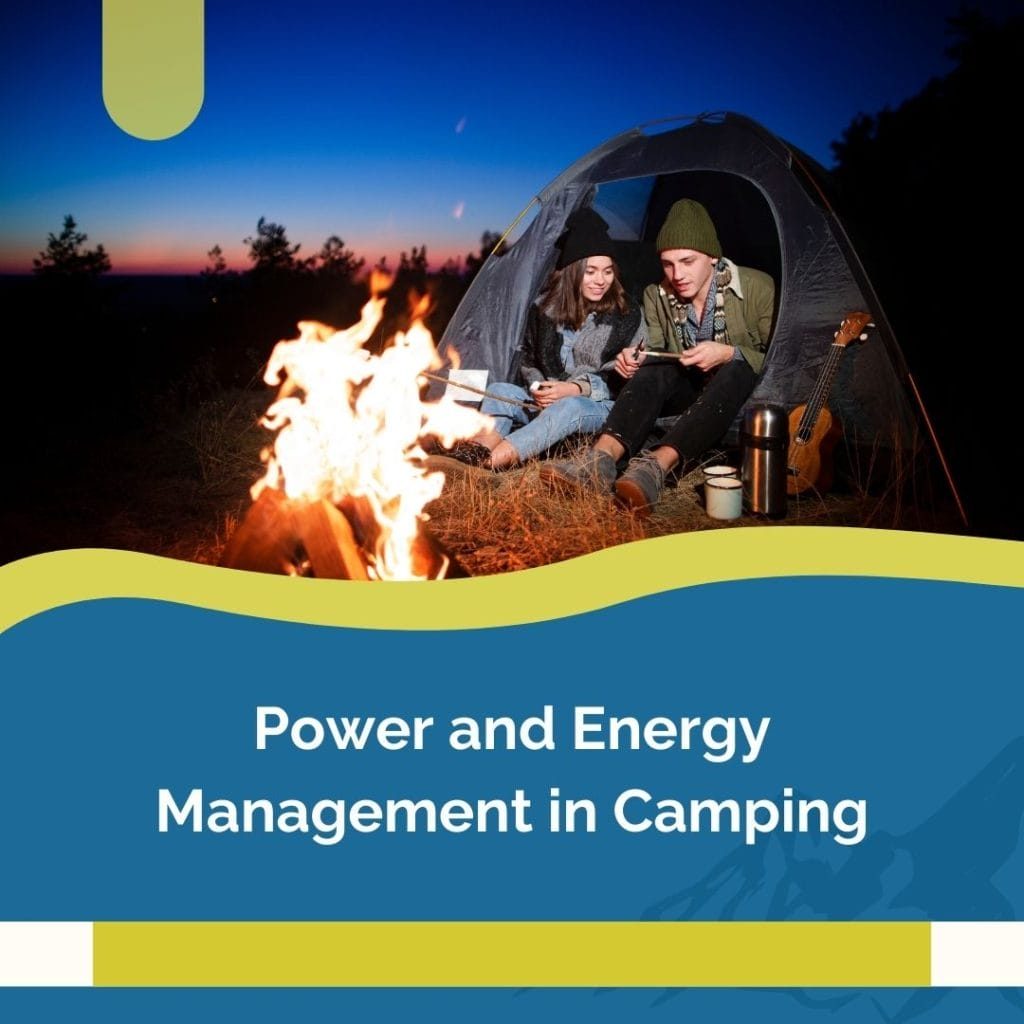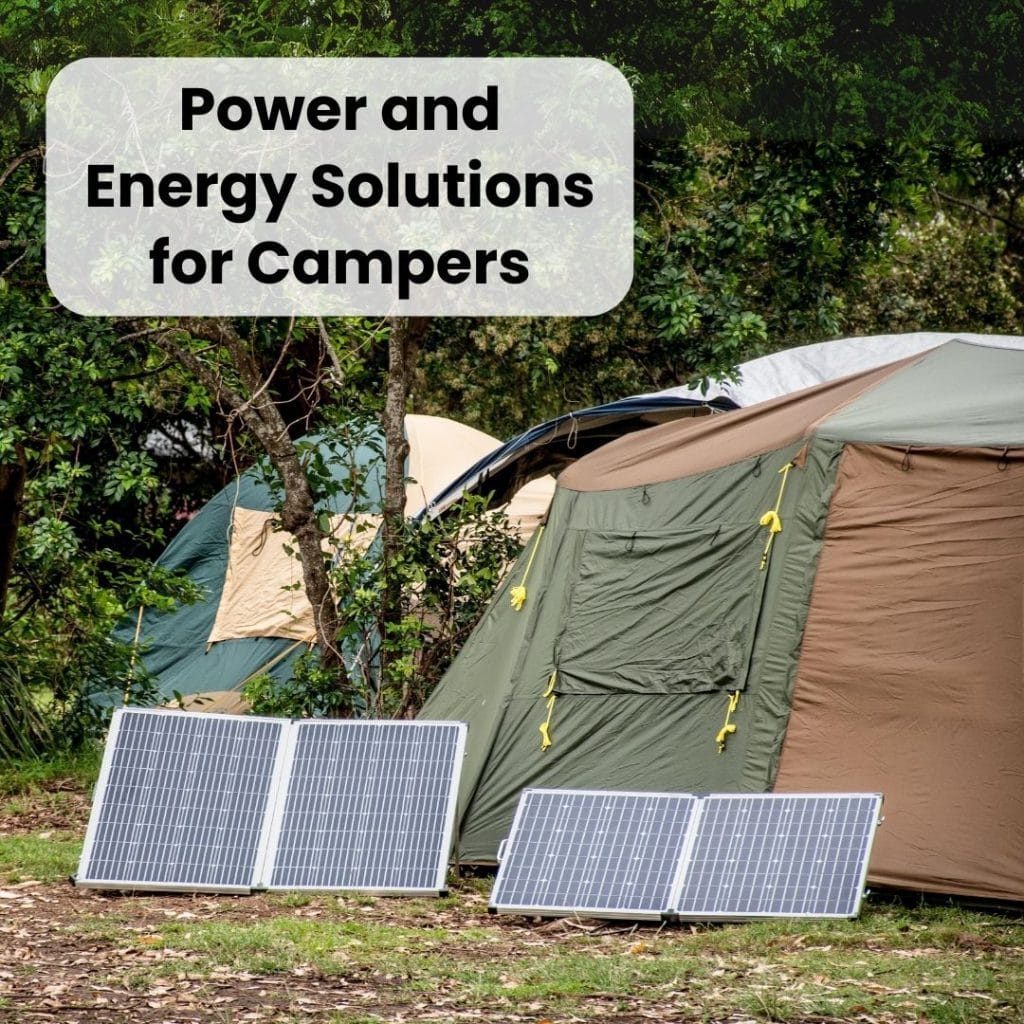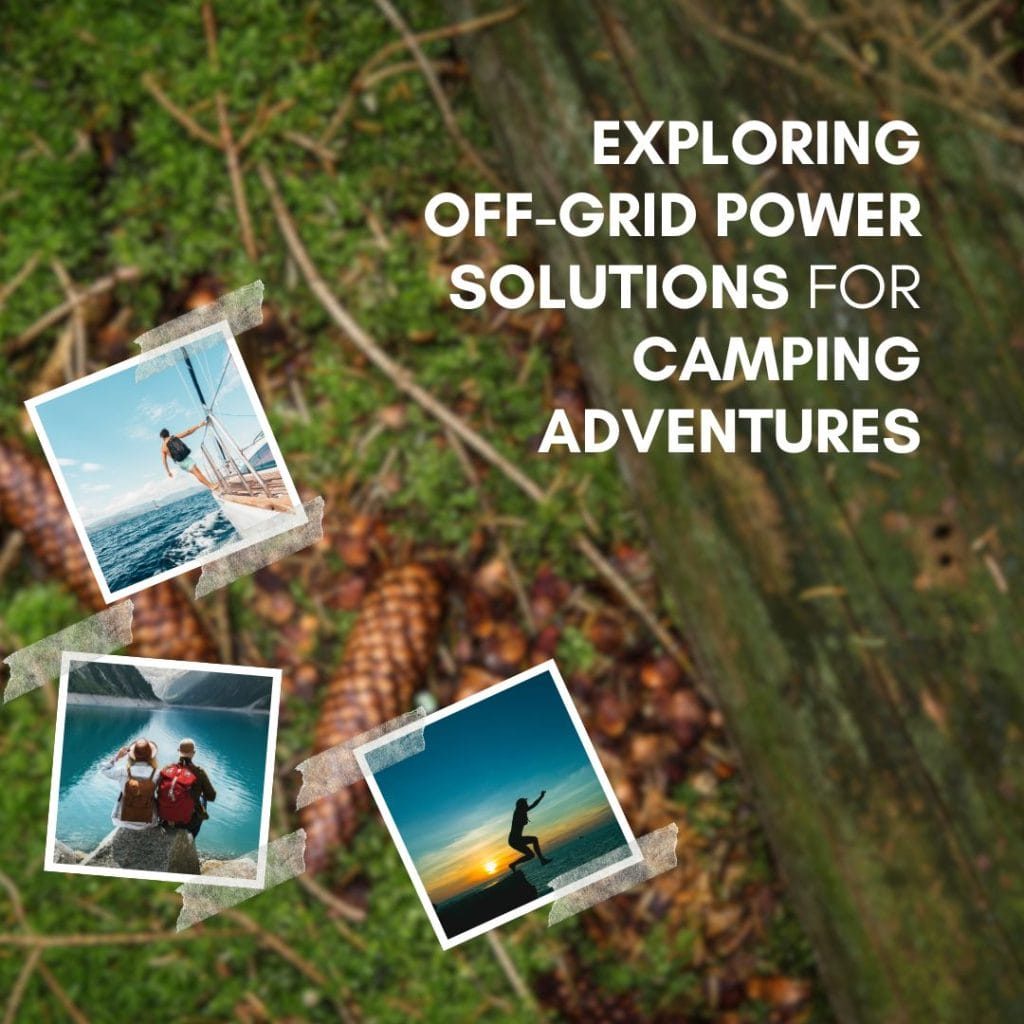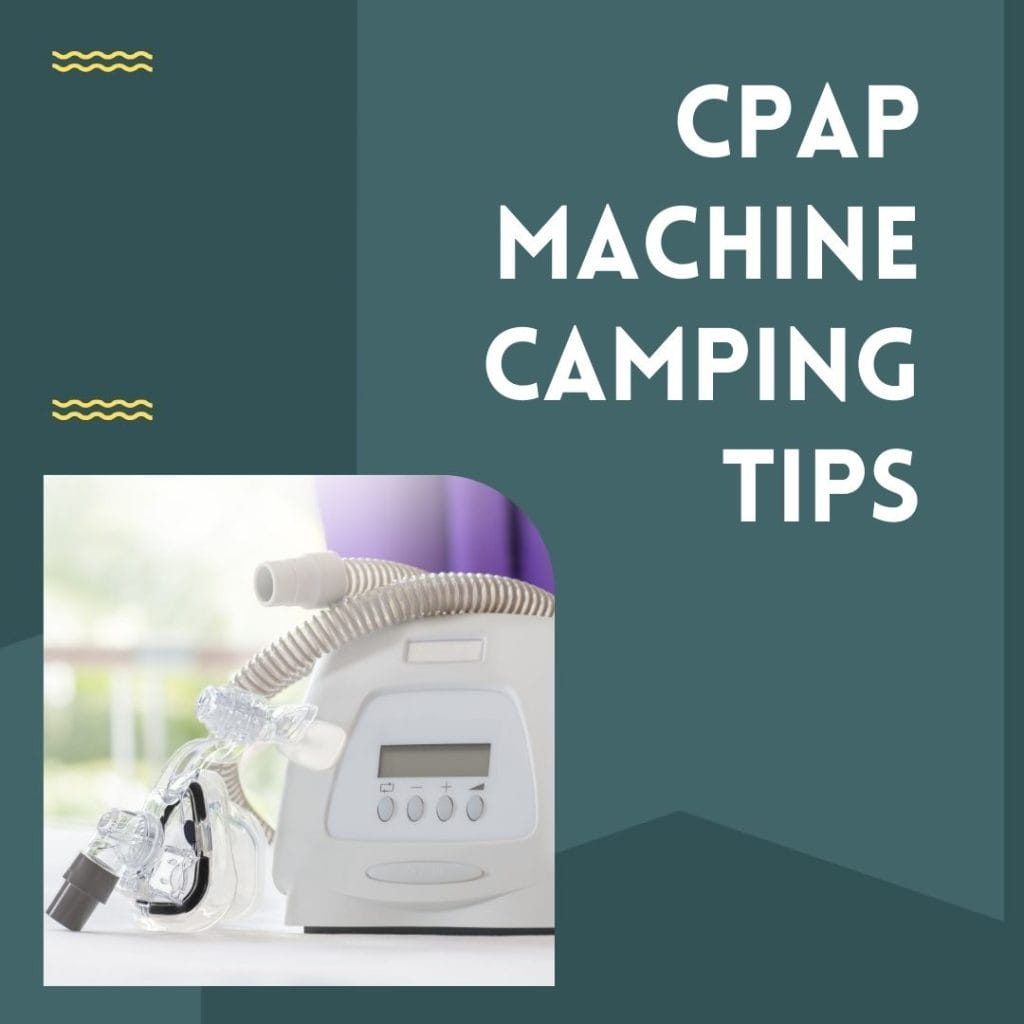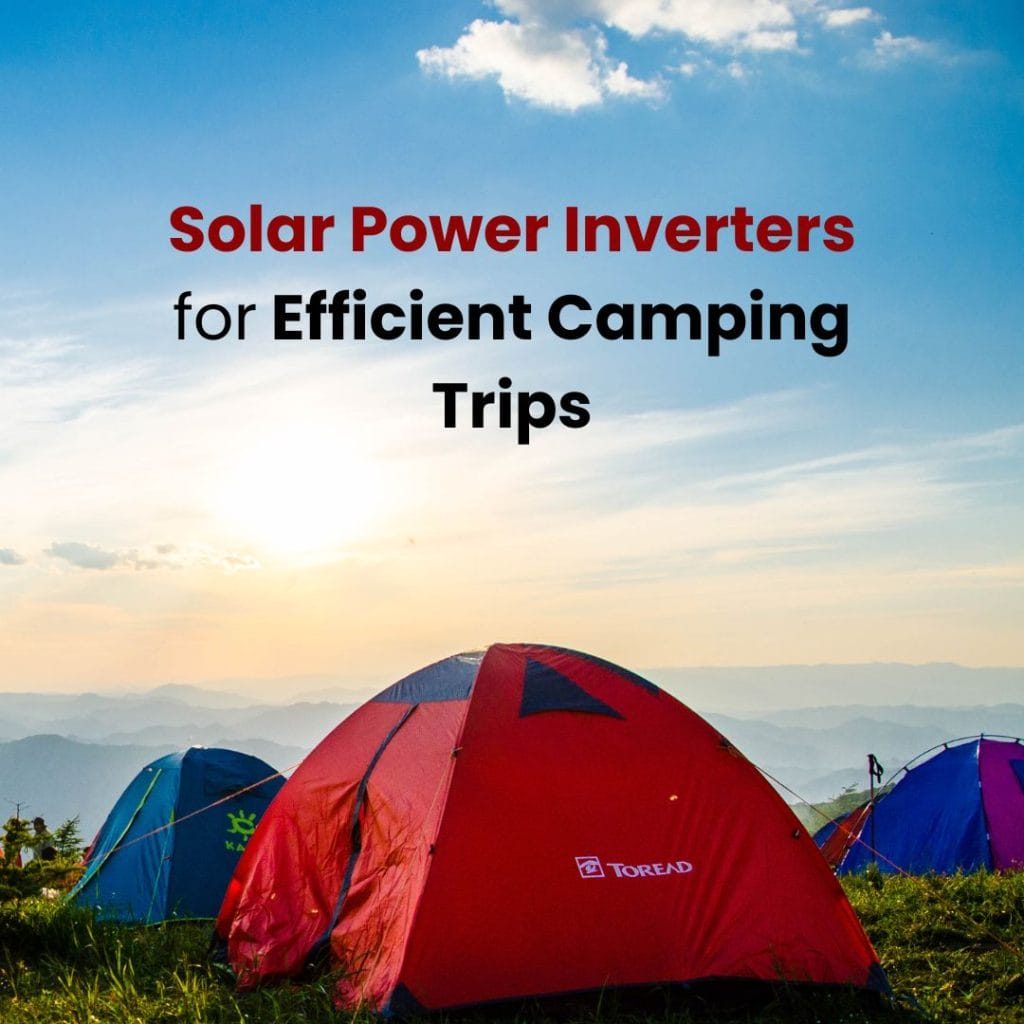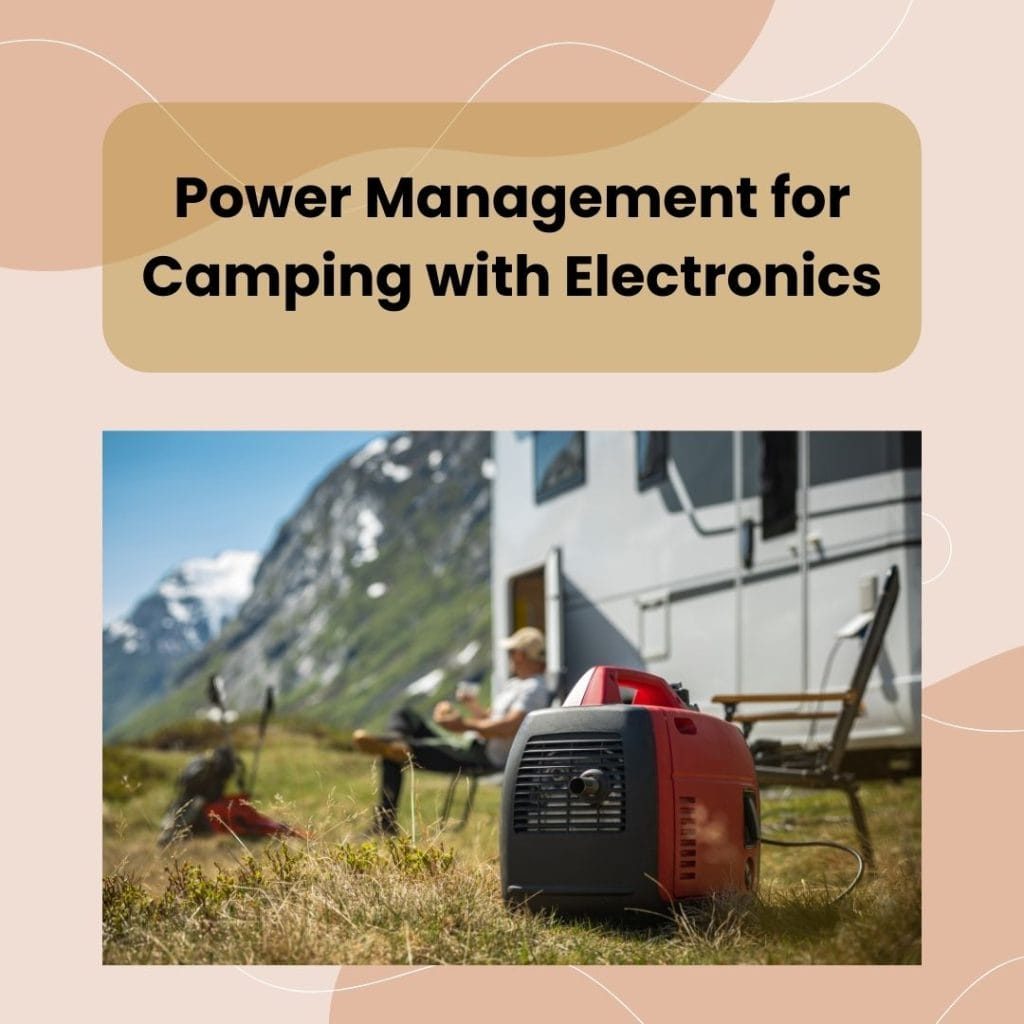CPAP (Continuous Positive Airway Pressure) machines can be lifesaving equipment for those who suffer from sleep apnea. However, using these devices in remote locations, such as camping sites, presents its own set of unique challenges. This article aims to explore various “CPAP camping challenges” and suggest practical solutions to overcome them, ensuring uninterrupted and safe usage even in the heart of nature.
Overcoming Challenges of Using CPAP Machines in Remote Camping Sites
If your travel plans center around camping and you’re apprehensive about carrying along your CPAP therapy, this CPAP camping guide is tailor-made for you.
Choose your campsite wisely – Consider a site with electrical amenities for a smooth CPAP experience or bring along a CPAP battery for an off-the-grid adventure.
Pay attention to the type of battery – For long camping trips, deep-cycle batteries are apt, while CPAP-specific batteries work best for shorter durations.
Be mindful of battery consumption – The use of heated humidifiers will expedite battery usage.
Travel light and smart – A travel-sized CPAP machine offers both portability and advanced features.
Think about solar charging – Solar panels can be utilized to recharge your CPAP battery, prolonging your self-sufficient camping duration.
The Best CPAP Battery for Camping
If your CPAP machine can be powered from a 12V cigarette-lighter style socket, consider the EXP96 Pro, the best CPAP battery for camping. The EXP96 Pro, with a 307.2 Watt-Hour capacity, provides four to six full nights of CPAP therapy on a single charge. Your average pressure setting should be between 5-10 cm H2O and the CPAP humidifier should be disabled.
This battery is a lithium-iron-phosphate type, able to withstand more extreme temperatures, up to 132° F. This is a significant upgrade from the 104° F limit of standard lithium-ion batteries. Another advantage is an impressive life cycle of 5,000 recharges compared to the 500-charge lifespan of typical lithium-ion batteries.
Although the Portable Outlet UPS Battery provides more flexibility with its standard AC outlet, the EXP96 is more energy-efficient since it uses DC power. Moreover, the EXP96 offers two charging options: an included AC and DC charger, and an optional solar panel charger. This ensures you can stay off-grid for longer.
Another convenient feature of the EXP96 is its ability to switch to backup battery power during a power failure if it’s set up between your CPAP and a wall outlet. This makes it ideal for powered campsites as well.
If your machine requires AC power or doesn’t have a DC adaptor, we recommend the Portable Outlet UPS Battery for your camping needs. With a standard AC outlet, 3.0 A fast-charging USB port, and 159 Wh of capacity, this battery recharges in 4-5 hours. It can power your CPAP machine for one to two full nights before needing a recharge.
While not as impressive as the EXP96 Pro in terms of capacity, the Portable Outlet is a great option for those using a powered campsite. It can also function as a backup battery in case of power failure, much like the EXP96.
3 Tips for Bringing Your CPAP Camping
When planning for a camping trip, the choice of a travel-sized CPAP machine can significantly ease your journey. Compact and lightweight, these machines easily fit into small spaces such as backpacks, making them an optimal choice for campers. The reduced weight and size allow you to carry more camping essentials without overloading your backpack.
Travel CPAP machines come equipped with advanced features, often exceeding those found in conventional home units. These innovative features, coupled with their portability, make them a practical choice for both home use and on-the-go therapy.
Travel machines are also designed to function efficiently in diverse environments, such as a car or an airplane. Although no CPAP machine currently comes with an in-built battery, pairing a travel machine with a travel battery often suits many users’ needs, ensuring uninterrupted therapy.
The Best Portable CPAP For Camping
Choosing a travel-sized CPAP machine for camping is a wise decision. These compact devices not only save space and reduce weight, they’re also energy-efficient, providing lasting service when running on battery power. While you may forego the luxury of humidification, travel CPAP machines such as the AirMini and HDM Z2 Auto offer waterless humidification options.
The AirMini is a commendable choice, boasting an auto-adjusting algorithm derived from its AirSense 10 counterpart and HumidX waterless humidification. However, the HDM Z2 Auto sits on top as the best portable CPAP for camping. This device employs a heat-moisture exchange unit for waterless humidification, recycling humidity from your breath to keep your mouth from drying out.
Weighing only 10.5 oz, the Z2 Auto is ideal for backpacking. You’ll appreciate the space and weight saved from not having to carry distilled water. Additionally, the Z2 Auto is known for its quiet operation, owing to the included QTube in-line muffler that further decreases hose noise.
Unlike the AirMini, which relies on a smartphone app for settings adjustments, the Z2 Auto has a small screen displaying pressure settings and other essential details. This feature is particularly useful when you’re far from home. Bluetooth connectivity and a companion app are provided for comprehensive therapy data tracking. The Z2 Auto also starts therapy automatically as soon as you put on your mask.
Lastly, the Z2 Auto is compatible with the optional Z2 PowerShell with Extended Life Battery. This feature lets you power your machine without an AC outlet and serves as a backup battery when connected to your machine and a wall outlet. Easy battery changes are an added advantage if you have multiple Z2 Extended Life Batteries.
Tip 2: Avoid Using Power Inverters
Utilizing power inverters whilst camping with your CPAP machine can lead to significantly quicker battery drain. Inverters convert DC power from the battery to AC power for your machine, a process that requires additional energy. This means that not only is your CPAP machine drawing power, but the inverter is as well, potentially depleting your battery at twice the normal rate.
There may be instances where using an inverter is unavoidable, particularly if your machine is not DC capable and requires an AC power source. In such cases, the battery must necessarily be converted to AC power. However, this should be a last resort due to the aforementioned power drain.
The ideal strategy to combat this issue is to find a battery specifically designed for your CPAP machine. As an example, consider the Pilot-24 Lite, tailored to fit the AirMini and other 24-volt machines. This battery comes with a cable enabling a direct connection, eliminating the need for a power inverter. As a result, you conserve battery life and ensure a longer-lasting charge.
Tip 3: Consider Charging Your Battery With Solar
Harnessing solar energy for charging your CPAP machine’s battery can significantly extend your time off the grid. This is particularly beneficial for avid outdoor enthusiasts who frequently spend nights in remote areas. However, it’s important to remember that solar charging may not be suitable for everyone.
The EXP 360 Solar Charger stands out among the limited options currently available for solar charging CPAP batteries. This particular charger is compatible with EXP batteries, providing an efficient and eco-friendly power solution.
One noteworthy downside is that solar chargers tend to be battery-specific and not universal. This means you may struggle to find a charger that’s compatible with your particular battery.
Despite this drawback, the benefits of solar charging are significant. You can enjoy your outdoor activities while your battery charges under the sun. After a day of exploration, you’ll return to a fully charged battery ready to provide another night’s therapy.
In essence, solar panels can dramatically increase your camping range, allowing you to prolong your wilderness adventures without worrying about power for your CPAP machine.
How to Power Your CPAP Machine While Camping
Camping with sleep apnea is not just feasible, but can be a delightful experience with the right planning. Your camping adventure hinges on two main options for powering your CPAP device.
The first is to select campsites that offer electrical outlets. This method provides a consistent power source, ensuring uninterrupted usage of your CPAP machine.
Alternatively, you could embrace the freedom of off-grid camping by investing in a CPAP battery. This grants you greater flexibility on your camping locations, detached from the need for a conventional power source.
Both options have their respective advantages and limitations, which we will explore in more depth in the subsequent sections. Let’s dive right in!
Visit a Campsite With Power
A powered campsite is an excellent choice for those who require CPAP therapy during their camping adventures. These sites, including KOA campgrounds and State Parks, are equipped with electrical outlets, allowing you to power your CPAP machine without any significant equipment compromises. The availability of electricity enables the use of a heated humidifier, an essential component of CPAP therapy for many. When using battery power, the heated humidifier tends to drain the battery quickly, thereby reducing therapy runtime. This issue is conveniently avoided at powered campsites.
Benefits
A notable advantage of powered campsites is the upkeep and cleanliness they typically ensure. Not only are these sites well-maintained, but they’re often equipped with additional amenities such as bathrooms, showers, and WiFi. These comforts contribute to the appeal of these sites, making them a popular choice among campers.
Drawbacks
However, powered campsites do come with their share of drawbacks. Their popularity often leads to them being fully booked, especially during peak camping periods, potentially requiring a change to your plans. Additionally, these sites tend to attract large crowds, which can sometimes result in noise and congestion. If your vision of the perfect camping trip involves solitude, peace, and the raw beauty of nature, a powered campsite might not align with your preferences. In such cases, another viable alternative to consider is the use of CPAP batteries.
Take Your Therapy Off-Grid
Venturing deeper into nature, away from the humdrum of civilization, is made possible by CPAP batteries. These power packs, typically delivering one to two nights of power, can be your reliable companion on your camping trips. If extended isolation is on your agenda, consider packing multiple batteries. With two or three at your disposal, you can significantly prolong your therapy away from home.
Despite the extra weight of carrying your CPAP machine, the benefits it brings to your trip are more than worth it. Skipping CPAP therapy can seem tempting, but remember that uninterrupted therapy is key to a rejuvenating outdoor experience. Abandoning your therapy for a few days can deprive you of the enhanced sleep quality, improved concentration, and mood stability that comes with a good night’s sleep. Moreover, it increases your risk of high blood pressure, cardiovascular disease, stroke, and diabetes, compromising your ability to fully relish your vacation.
Benefits of Off-Grid CPAP Camping
Many camping enthusiasts see off-grid camping as the quintessential camping experience, and CPAP batteries make it achievable. These batteries allow you ultimate freedom to pitch your tent anywhere, unrestricted by the need for electricity. Most batteries are FAA approved for inflight use and are compatible with popular CPAP and APAP brands.
Drawbacks of Off-Grid CPAP Camping
Nevertheless, off-grid CPAP camping with batteries is not without its challenges. Some Lithium-ion batteries are intolerant to extreme heat, which can impact the chemicals inside the battery, potentially leading to battery meltdown or even a fire. While batteries are undeniably useful, they can also be quite pricey, with some reaching up to $700. Most, however, fall within a more affordable range of $200 to $400. Lastly, your machine’s settings and the need for a power inverter can quickly deplete your battery, limiting your autonomy on longer trips.
Two Ways to Power Your CPAP Off-the-Grid
While camping off-the-grid, there are two distinct methods you can utilize to power your CPAP machine:
- Opt for a Deep-Cycle Lead-Acid Battery
- Employ a Portable CPAP Battery
1: Using a Deep Cycle Battery
Deep-cycle batteries, available at auto parts stores and mobility scooter outlets, are designed for prolonged, continuous power. They differ from the starting batteries found in most personal vehicles, which discharge a large amount of energy upfront before being recharged. If you’re not daunted by a bit of extra weight, a deep-cycle battery can be a cost-effective solution for powering your CPAP machine off-grid, especially if you plan to go RV camping with your CPAP.
How to Use Deep Cycle Battery:
To operate your CPAP with a deep-cycle battery, you can use either a DC Adapter Cable or an Inverter. Here’s how each method works:
Using a DC Adapter Cable:
A DC Adapter Cable uses alligator clips to connect to the positive and negative terminals of the deep-cycle battery. The power is then outputted to a cigarette lighter plug, allowing you to plug in your machine’s DC cable and power your machine. Some deep-cycle batteries come with a built-in cigarette lighter plug, eliminating the need for an adapter.
Using an Inverter:
An Inverter converts the battery’s DC power to AC power that your machine can use. Certain machine models require a special kind of inverter called a Pure Sine Wave Inverter to prevent potential damage. To use an inverter with a car battery, make sure it has alligator clips to connect to the deep cycle battery. Once connected, it will convert the power to AC, and you can plug in your machine as you would at home.
Drawbacks of Using a Car Battery:
Despite its advantages, using a car battery for your CPAP comes with a few limitations:
- Weight: Car batteries can be quite heavy. If you’re going to be backpacking long distances, a lighter Lithium-ion battery might be a more convenient choice.
- Travel Restrictions: Due to their toxic chemical content, deep-cycle lead-acid batteries are not FAA approved and cannot be used on flights or placed in checked baggage. This limits their feasibility if you’re traveling by air.
- Charging Issues: Recharging deep-cycle batteries can be challenging.
However, if you can overlook these issues, a deep-cycle battery can be a reliable power source for travelers, trekkers, and campers alike.
2: Using a CPAP Battery Pack
Modern CPAP batteries are becoming increasingly popular due to their reduced weight and cost. It’s essential to understand, however, that each battery is designed to cater to specific machines and not all are universally compatible. Many are equipped with DC inputs intended for certain machines, so in the absence of a DC input, the use of an inverter becomes necessary.
CPAP.com simplifies this process by providing power requirements of various machines right on our product pages under the “power” tab. This enables users to choose a battery that aligns with the needs of their specific machine. Instead of opting for a battery based on personal preference and then trying to make it work with your machine, it’s recommended to select a battery designed specifically for your CPAP machine to ensure optimal performance.
Conclusion
In conclusion, traversing the CPAP camping challenges may seem daunting, but with careful preparation, it’s entirely achievable. Reliable power solutions such as deep-cycle batteries and portable CPAP batteries are vital assets in ensuring effective CPAP therapy while camping. The key is to identify and select a power solution that is compatible with your machine and meets your travel and therapy needs. Remember, uninterrupted CPAP therapy is paramount for a rejuvenating outdoor experience, making the extra effort to overcome these challenges truly worth it.

